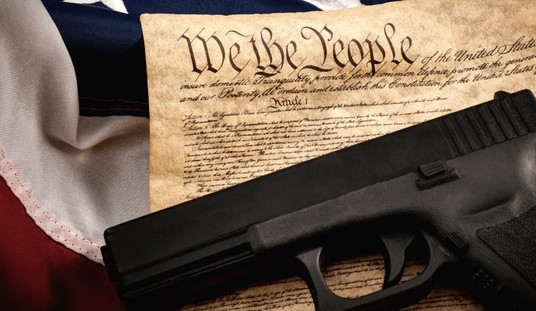Unfortunately, most major cities are experiencing a huge upswing in violence. Frankly, most minor cities seem to be seeing one as well. However, for some of the big urban centers, they really couldn’t afford an upswing. After all, for some of them, it was bad enough before half the country seems to have lost their damn minds.
One such city is Philadelphia. The City of Brotherly Love has some serious domestic violence issues, let me tell ya, and they had them prior to much of the current psychosis. The current state of things hasn’t exactly caused things to settle down, either.
Now, the city council wants the situation declared an emergency.
Just last night five people were shot and two killed in a barrage of bullets. Fifty-five bullets were fired at 15 people at a basketball court in Spring Garden. The incident is one of the latest in a surge of violence that has boosted the city’s homicide rate by 32% with 323 deaths — giving Philadelphia the second-highest death count among major U.S. cities, after Chicago.
As city residents are left to deal with daily trauma, City Council, Thursday, passed a resolution urging Mayor Jim Kenney to declare gun violence a citywide emergency.
Introduced by first-term City Councilmember Jamie Gauthier, the resolution offers guidance for the city’s response including more transparency around the implementation of anti-gun violence initiatives, more coordination between city agencies, and increased involvement from the private sector, nonprofits, academic institutions, and health care organizations. A new map created by the city controller’s office reveals that while shootings are happening citywide, violence is concentrated in some areas more than others. These so-called “hotspots” could benefit from a coordinated influx of resources.
“We need to do much more than we’re currently doing to address this crisis,” said Gauthier, whose West Philadelphia district includes a number of blocks that have seen repeated acts of violence. “That is why we are calling on Mayor Kenney to lead a coordinated effort that treats this deadly epidemic – which is traumatizing Black and brown communities across Philadelphia – with the urgency it deserves.”
So, it’s a problem because they’re black or brown communities? Really?
I mean, don’t get me wrong, no innocent person deserves to be shot, of course, regardless of ethnicity, but it seems like it’s only a problem for Gauthier because of who the victims are.
Regardless, though, no one should be surprised by these “hotspots” by any stretch. I mean, every city has parts of town where everyone knows not to go for a walk at night. These are likely the same neighborhoods that are plagued by gang violence, the drug trade, and other criminal enterprises. For whatever reason, these kinds of things plague some minority communities, after all. Not all of them, to be sure, but when you have those kinds of things going on, they tend to be in heavily minority communities.
Why that is would be a discussion beyond our scope here, but it’s one we should probably have.
It’s worth noting, though, that all of the things Gauthier proposes to address the problem, there’s no mention of law enforcement. That’s quite interesting. After all, if you’re talking about violent crime, you need to also consider law enforcement in addition to other programs you’re considering. Anti-crime programs can work, but they can also take years before you really start seeing appreciable gains. That means thousands could be shot and/or killed while you wait for the program to yield results.
But if you add enforcement of current law into the mix, you see something quite different. Then you can see short-term gains and long-term advances.
Then again, police aren’t popular and politicians are all about what’s popular.
Maybe I’m wrong. Maybe that’s a part of the “anti-gun violence initiatives” mentioned. I’d like to be wrong, actually. Unfortunately, we’ve all see this game too much at this point to believe I am.








Join the conversation as a VIP Member